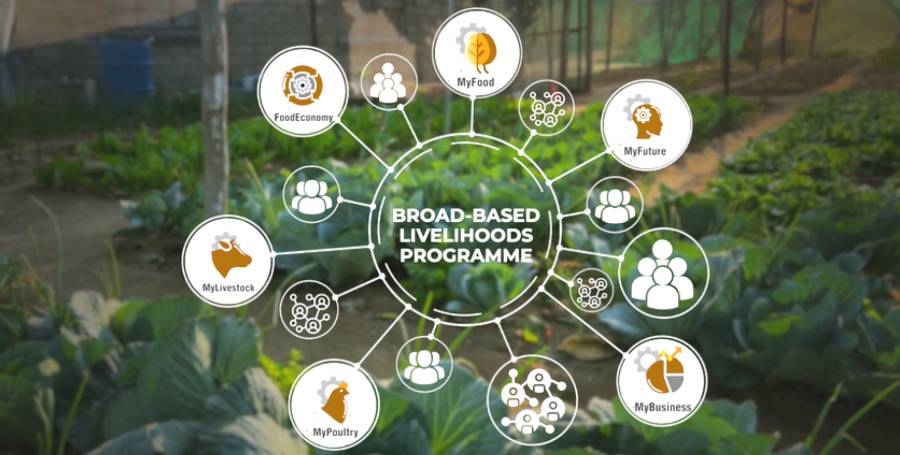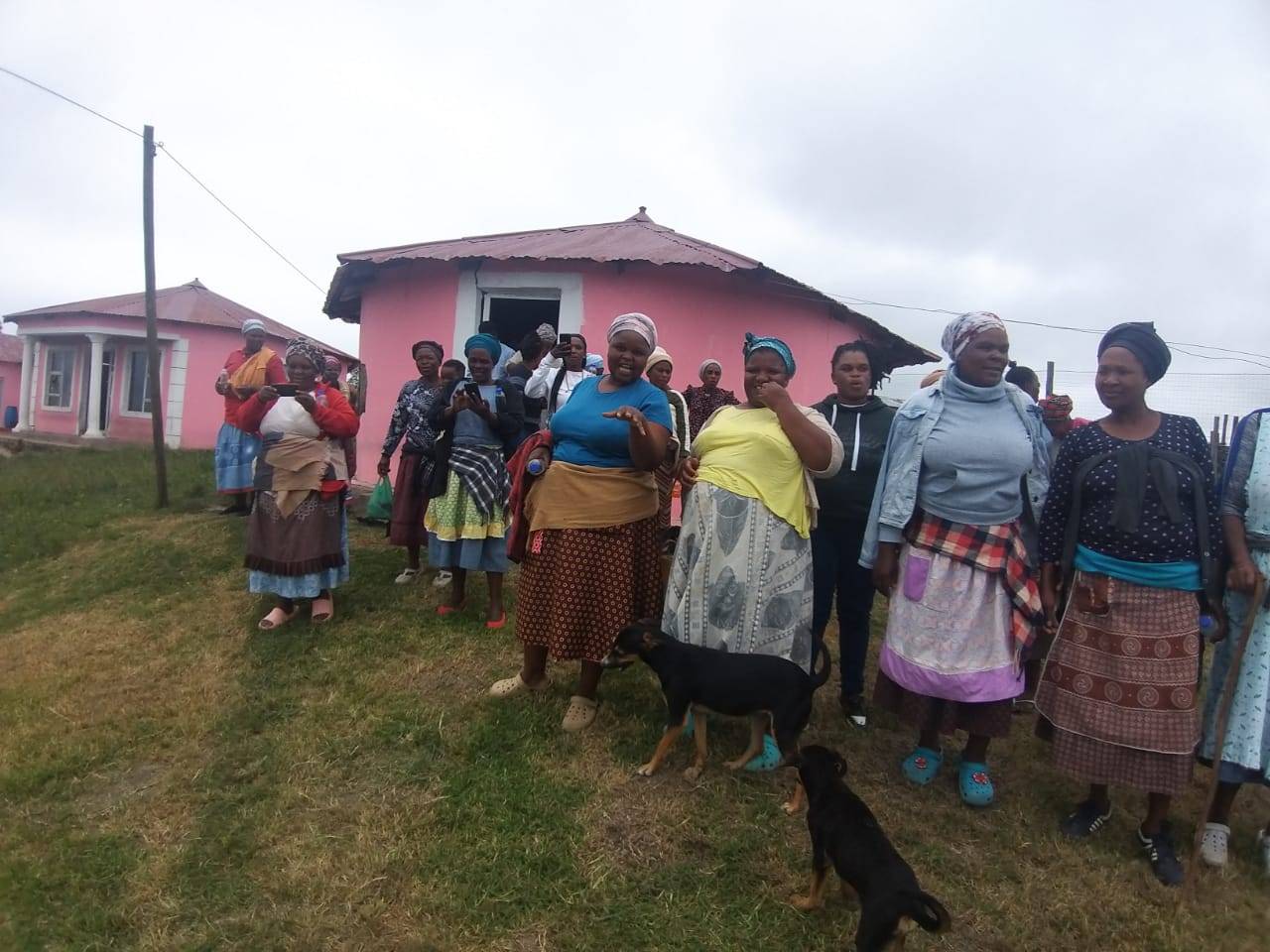Four Pillars of Agricultural Development Programmes that Really Work!
Four Pillars of Agricultural Development Programmes that Really Work!
 For years, it has been generally accepted that agricultural development is key to food security. This, in turn, alleviates poverty. Many companies have chosen to direct their CSI’s into this exciting field. These companies see the vast potential for sustainable rural development. But can you be sure that your investment into agricultural development will yield sustainable, measurable, positive results? We believe you can.
For years, it has been generally accepted that agricultural development is key to food security. This, in turn, alleviates poverty. Many companies have chosen to direct their CSI’s into this exciting field. These companies see the vast potential for sustainable rural development. But can you be sure that your investment into agricultural development will yield sustainable, measurable, positive results? We believe you can.
To begin with, one must understand the scope of the problem. There are prevailing worldwide trends which work against sustainable agricultural development. These include the increasing size of rural communities, limited factors of production in poor communities, and changes in long-term weather conditions.
Can we be certain agricultural development has the answers to these challenges at all? We can because we have seen it in practice. For instance, the Green Revolution, which occurred from the 1930’s into the 1960’s and beyond, alleviated world hunger. It affected as many as a billion people in South American and Asian countries. These people were able to provide crops for subsistence for the first time. This came through the application of cutting-edge methods of agricultural development.
Some have attempted to put these methods in place in Sub-Saharan Africa with little success. Africa has experienced additional challenges such as very difficult agricultural conditions and corruption. Yet, in areas such as Malawi, there have been spectacular results.
So what methods are the most effective right here in South Africa? Umsizi has seen great success in setting up many thousands of micro-farmers across the nation. The difference is utilising agricultural development practices which are:
1. Specific to the local geography and economy
What works in one area will not necessarily work in another area. There is no copy-and-paste solution. Agricultural development programmes must be tailored to the specific community in which they will be implemented. There must be up-front dialogue with local participants and farmers. We sustain this with constant monitoring and feedback throughout the course of the programme. The result is that we can consistently meet realistic objectives with positive outcomes.
2. Making use of effective materials
The factors of production used in our programmes must be accessible to the local community. They must also be well-suited to the local climate to be effective. We choose seeds according to the requirements of a balanced diet for the participants. This will enable them to be economically productive. Infrastructure and other materials which we install must be repairable, replaceable and replicable. Through innovative research and development, we have been able to check all these boxes.
3. An entry-point into the local economy
Independent researchers have established that for agricultural development programmes to be effective, there must be a focus on small-holdings development as well. If the focus ends at food security, communities are not economically empowered or uplifted in any meaningful way. Rather, there must be a focus on developing entrepreneurs and assisting micro-farmers in entering the supply chain. Umsizi’s programmes are geared up for just that, adding to the success the programmes have enjoyed.
4. Sustainable
Not only must the materials used be replaceable, repairable and accessible, but every aspect of the programmes must be sustainable right from the planning stages. In all our planning we make sure the life of the agricultural undertaking can extend well after any corporate funding is removed.












Leave a Reply